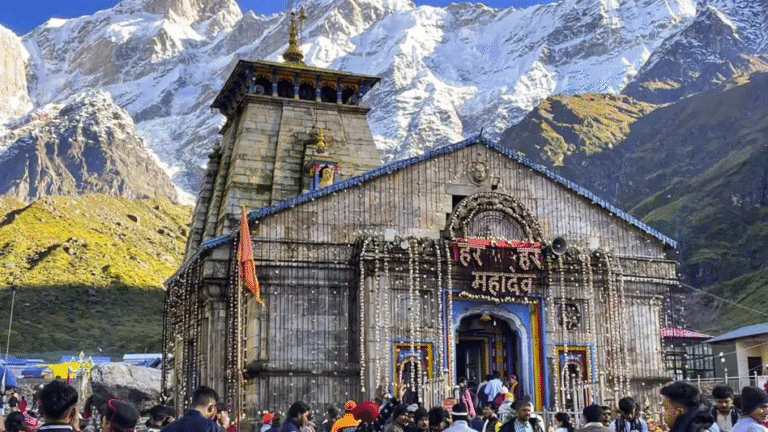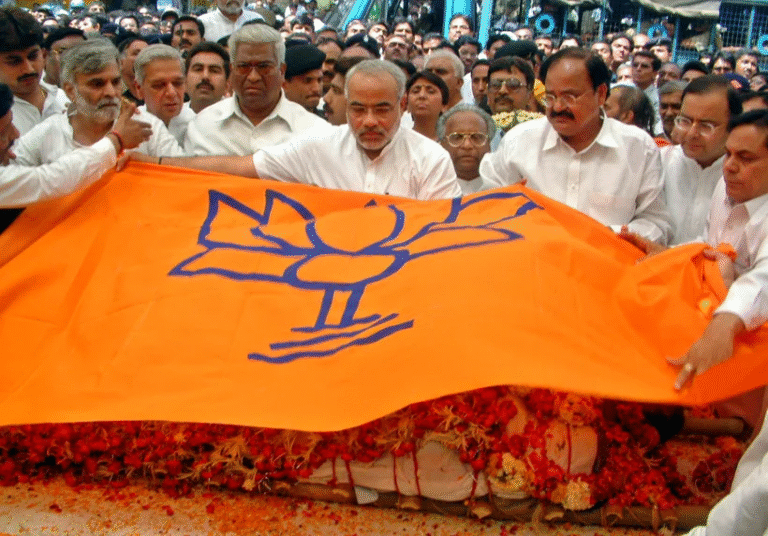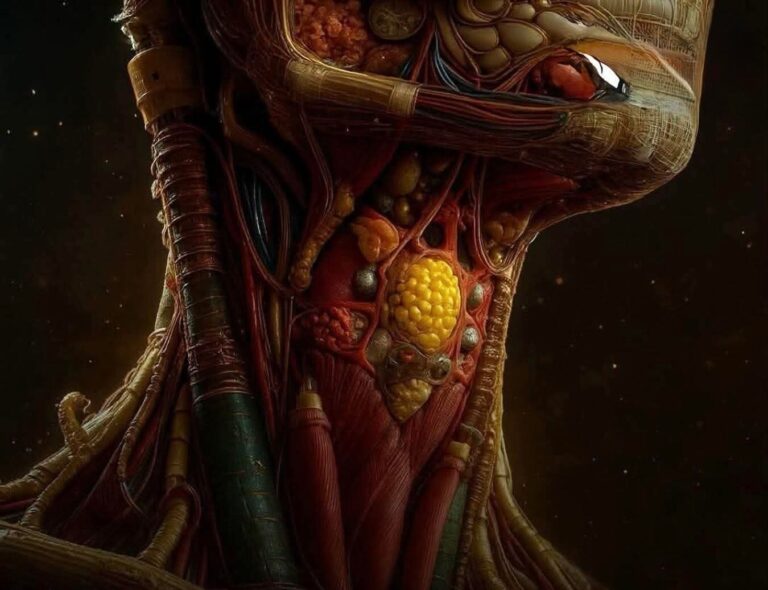
Thousands of people visit Tirupati Balaji temple daily. While returning from there, they are given laddus as prasad. This laddu is eaten as a blessing. On Thursday, the current government of Andhra Pradesh said that there was animal fat inside Tirupati laddus during the tenure of the previous government. The report of the National Dairy Development Board was also shown for this claim.
Animal fat in Tirupati laddu recipe? According to media reports, 400-500 kg of desi ghee, 750 kg of cashew nuts, 500 kg of raisins, 200 kg of cardamom and gram flour, sugar etc. are used to make Prasad’s laddus. The report claims that the desi ghee being used in this recipe was adulterated with the fat of 3 animals.
Animal fat in Tirupati Balaji temple laddus
The lab report has been shared by the state government. In which it has been claimed that there are many vegetable fats and animal fats inside the ghee used in laddus. It contains soybean, sunflower, olive, rapeseed, linseed, wheat germ, maize germ, cotton seed, coconut, palm kernel, palm oil fat along with beef tallow, lard and fish oil animal fat.
How to Check Pure Desi Ghee: You can identify real and fake desi ghee in these 4 easy ways
People want to know which animal fat was mixed inside this ghee. Beef tallow, lard and fish oil have been mentioned in the report, which means the following.
- Beef tallow- It is a white colored fat at normal temperature, which is extracted from around the organs of ruminant animals. Such as buffalo, sheep, goat, cow and deer
- Lard- This substance is made from pig fat. It can be soft solid or semi-solid.
- Fish oil- Fish oil is extracted from fish. It contains fat present in fish, which helps in the treatment of many diseases.
Big dangers of animal fat
Animal fat is used on a large scale in foreign countries. People eat them with great fervor. But they are a rich source of dirty fats like trans. Eating them can block the veins and cause the risk of heart attack, stroke, obesity and cancer.
Common adulteration in Desi Ghee
Desi ghee is expensive, it is adulterated with many things to increase its profit. ResearchGate quotes FSSAI as saying that adulteration of animal fat is quite rare, but adulteration of potato starch, coal tar dye, vegetable oil and vegetable oil is most common.
Method to check fake ghee
- Identification of starch in ghee- On adding 2-3 drops of iodine tincture to 1 teaspoon of ghee, it turns blue.
- Identification of coal tar dye in ghee- Adding 5ml of diluted suppuric acid to 1 teaspoon of Desi Ghee turns it pink.
- Identification of vegetable oil in Desi Ghee- Adding diluted suppuric acid to 1 teaspoon of Ghee and stirring it turns it dark red.
- Identification of vegetable oil in Ghee- Melting some Ghee, adding sugar and stirring it well turns it red.
- Disclaimer: This article is for general information only. It cannot be a substitute for any medicine or treatment in any way. Always contact your doctor for more information.




